-
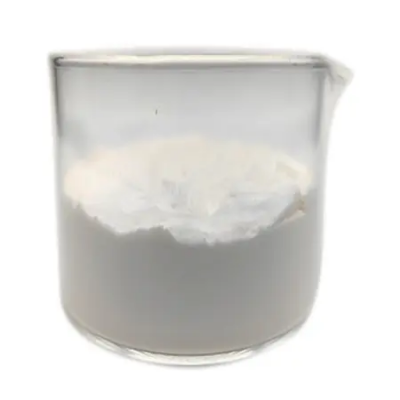
Diammineplatinum(II) nitriteCAS:14286-02-3
Diammineplatinum(II) nitrite, also known as cisplatin, is a coordination compound containing platinum in the +2 oxidation state coordinated to two ammine ligands and a nitrite ion. It is a well-known and widely used platinum-based anticancer drug. Cisplatin is a crystalline solid that is sparingly soluble in water and is highly reactive due to the presence of the platinum center.
-
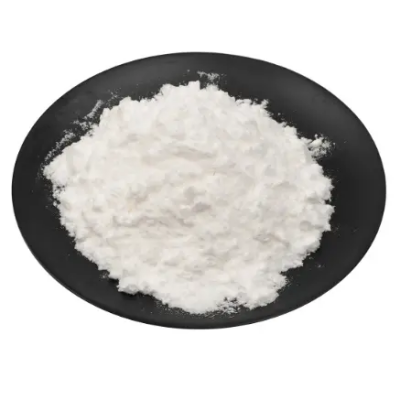
Potassium chloroplatinate CAS:16921-30-5
Potassium chloroplatinate, also known as potassium hexachloroplatinate(IV), is a coordination compound containing platinum in the +4 oxidation state coordinated to six chloride ions and a potassium ion. It is a yellowish crystalline solid that is soluble in water and other polar solvents. Potassium chloroplatinate is widely studied for its potential applications in catalysis, materials science, and analytical chemistry.
-

Tetraammineplatinum(II) nitrate CAS:20634-12-2
Tetraammineplatinum(II) nitrate is a coordination compound containing platinum in the +2 oxidation state coordinated to four ammine ligands and a nitrate ion. It likely exists as a crystalline solid and may have limited solubility in water. Due to the presence of the platinum center, it is expected to exhibit high reactivity and unique coordination chemistry.
-

cis-bis(triphenylphosphine)platinum(ii) dichloride CAS:15604-36-1
cis-Bis(triphenylphosphine)platinum(II) dichloride, also known as cisplatin, is a coordination complex widely studied for its diverse applications in chemistry, medicine, and materials science. This compound consists of a platinum(II) center coordinated to two triphenylphosphine ligands and two chloride ions, arranged in a cis configuration. Its distinctive structure and reactivity have made it a subject of extensive research and practical use.
-
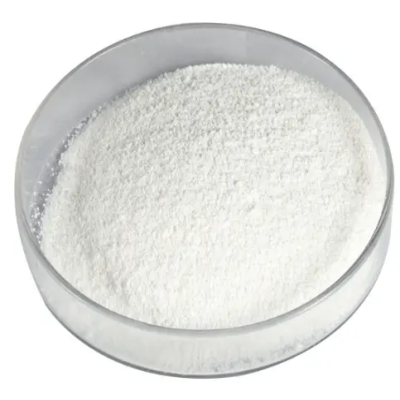
trans-Dichlorodiamineplatinum(II) CAS:14913-33-8
trans-Dichlorodiamineplatinum(II) is a coordination compound containing platinum in the +2 oxidation state coordinated to two chloride ions and two amine ligands. This compound is widely studied for its potential applications in medicinal chemistry, catalysis, and materials science. Its unique coordination environment and reactivity make it a subject of interest for various scientific and industrial purposes.
-

Dichloro(1,5-cyclooctadiene)platinum (II) CAS:12080-32-9
Dichloro(1,5-cyclooctadiene)platinum(II) is a coordination compound featuring platinum in the +2 oxidation state coordinated to two chloride ions and a 1,5-cyclooctadiene ligand. This compound is of interest due to its unique coordination environment and potential applications in catalysis, materials science, and organic synthesis.
-

Dichlorotris(triphenylphosphino)ruthenium (II) CAS:15529-49-4
Dichlorotris(triphenylphosphino)ruthenium(II) is a coordination compound containing a ruthenium(II) center coordinated to three triphenylphosphine ligands and two chloride ligands. This complex is well-known for its applications in catalysis, particularly in organic synthesis and chemical transformations. Its unique coordination environment and reactivity make it a valuable tool in various chemical processes.
-

Ruthenium(III) Chloride Hydrate CAS:14898-67-0
Ruthenium(III) Chloride Hydrate is a coordination compound containing ruthenium in the +3 oxidation state and coordinated to chloride ions and water molecules. This compound is of interest due to its unique electronic and catalytic properties. It has been studied for its potential applications in catalysis, materials science, and electrochemistry.
-

Ruthenium(III) chloride CAS:10049-08-8
Ruthenium(III) chloride, also known as ruthenium trichloride, is a coordination compound featuring ruthenium in the +3 oxidation state coordinated to three chloride ligands. This compound is of interest due to its unique electronic and catalytic properties. It has been studied for its potential applications in catalysis, materials science, and electrochemistry.
-
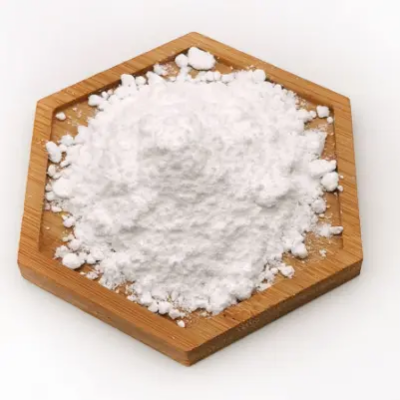
Carbonyl(dihydrido)tris(triphenylphospineruthenium (II) CAS:25360-32-1
Carbonyl(dihydrido)tris(triphenylphosphine)ruthenium(II) is a coordination complex featuring a ruthenium(II) center coordinated to three triphenylphosphine ligands, a carbonyl ligand, and two hydride ligands. This complex is known for its unique coordination geometry and reactivity. It has been studied for its potential applications in catalysis, materials science, and medicinal chemistry.
-
![Ruthenium,[N-[(1R,2R)-2-(amino-kN)-1,2-diphenylethyl]-4-methylbenzenesulfonamidato-kN]chloro[(1,2,3,4,5,6-h)-1-methyl-4-(1-methylethyl)benzene]- CAS:192139-92-7](https://cdn.globalso.com/xindaobiotech/YXWU15IWKSREIEIP21.png)
Ruthenium,[N-[(1R,2R)-2-(amino-kN)-1,2-diphenylethyl]-4-methylbenzenesulfonamidato-kN]chloro[(1,2,3,4,5,6-h)-1-methyl-4-(1-methylethyl)benzene]- CAS:192139-92-7
Ruthenium, [N-[(1R,2R)-2-(amino-kN)-1,2-diphenylethyl]-4-methylbenzenesulfonamidato-kN]chloro[(1,2,3,4,5,6-h)-1-methyl-4-(1-methylethyl)benzene], is a coordination compound containing a ruthenium atom coordinated to a complex ligand. This complex has been studied for its potential applications in catalysis, materials science, and medicinal chemistry. Its structural features and reactivity make it a subject of interest in various research fields.
-
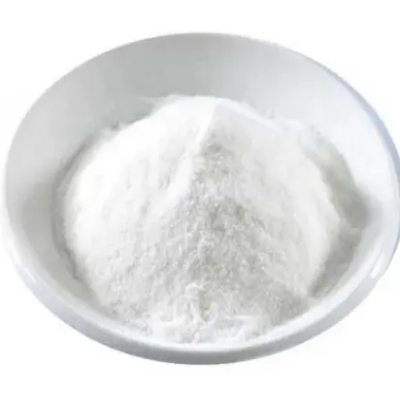
(Trimethyl)methylcyclopentadienylplatinum (IV) CAS:94442-22-5
(Trimethyl)methylcyclopentadienylplatinum (IV) is a coordination compound featuring platinum in the +4 oxidation state coordinated to a trimethyl and a methylcyclopentadienyl ligand. This compound is of interest due to its unique coordination environment and potential applications in catalysis, materials science, and organic synthesis.

